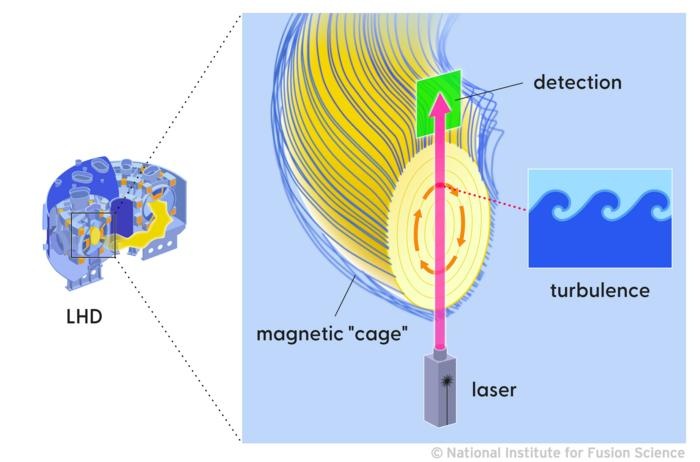THE LATEST
Raijin supercomputer illuminates key insights into fusion plasma turbulence

The National Institutes of Natural Sciences in Japan recently published a groundbreaking study uncovering new insights into turbulence in fusion plasmas. The study, led by a team of esteemed researchers including Toshiki Kinoshita, Kenji Tanaka, and Akihiro Ishizawa, focused on understanding the suppression of turbulence during what they called the "turbulence transition." Their experiments revealed a critical point at which turbulence is notably subdued at a certain plasma density, leading to significant changes in plasma dynamics.
To validate their findings, the researchers used the Raijin supercomputer to simulate the factors governing turbulence in fusion plasmas. The simulations identified a fundamental shift in turbulence behavior below and above the transition density, with ion-temperature gradients primarily driving turbulence below the threshold, and pressure gradients and plasma resistivity playing a major role above it.
These findings have far-reaching implications, potentially offering a path toward more efficient and viable fusion power generation. The researchers are now focusing on identifying the turbulence transition condition based on the physics of turbulence, to devise novel strategies to optimize fusion power plant operation. They also plan to extend their findings to deuterium/tritium mixed plasmas and explore innovative plant design solutions, paving the way for the early realization of fusion energy as a clean, abundant, and sustainable energy source.
